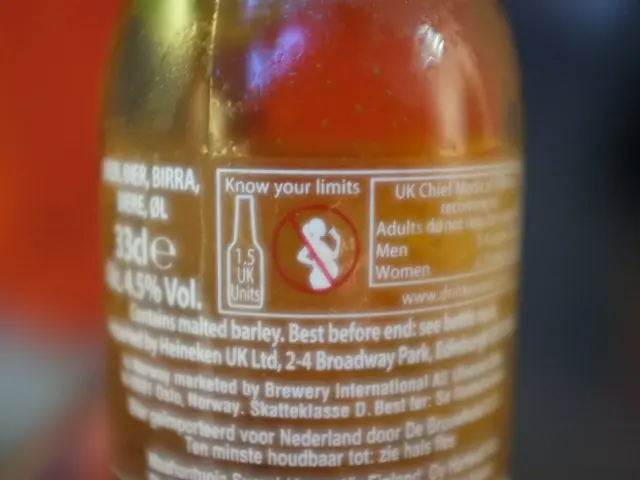Comprehensive Insight into Buccal Fat Removal Surgical Procedures
Buccal fat removal, also known as cheek reduction, buccal lipectomy, or cheek fat removal, is a surgical procedure that aims to sculpt a more contoured lower face and accentuate the transition between the cheekbones and the jawline. This article explores the pros, cons, and considerations of this cosmetic procedure.
The Pros of Buccal Fat Removal
The primary advantage of buccal fat removal is the achievement of a slimmer, more contoured facial appearance by reducing cheek fullness. This procedure can enhance facial definition, particularly around the jawline and cheeks, sometimes combined with other procedures like liposuction for further sculpting.
The Cons and Risks
While buccal fat removal can offer aesthetic benefits, it also carries several risks. These include infection, bleeding, and scarring from the surgical incisions, though scarring is minimized as the incisions are made inside the mouth. Nerve damage may result in temporary numbness or facial muscle weakness, which can rarely be permanent.
Facial asymmetry due to uneven fat removal is another potential risk, potentially requiring corrective surgery. Damage to salivary ducts or glands can cause atypical symptoms such as unusual tastes or swelling. Over-slimming, especially in people with already thin faces or older age, can cause a hollow or gaunt look that may accentuate aging.
Slow or poor healing, particularly in smokers, diabetics, or those with chronic diseases, is another concern. General surgical risks such as allergic reactions, anesthesia complications, deep venous thrombosis, and hematoma also apply.
Recovery and Aftercare
Recovery from buccal fat removal is relatively short, with most patients experiencing swelling, bruising, and numbness that subside over weeks. Adherence to post-op care, including hygiene and follow-up visits, is important to minimize complications.
Ideal Candidates and Contraindications
People with large cheeks and a more rounded face may be good candidates for buccal fat removal. Contraindications include having a very slim face, advanced age with natural fat loss, uncontrolled chronic diseases, blood clotting disorders, active infections in the mouth, autoimmune diseases, and pregnancy or breastfeeding.
Consultation and Preparation
During the consultation, patients should come prepared to discuss their health history, surgical history, and any medications or supplements they take. It's essential to ask questions to ensure the surgeon is qualified and the surgery is right for them.
The Procedure
Buccal fat removal is typically performed under local anesthesia, with a small incision made on the inside of each cheek. The surgery usually takes 30 to 45 minutes to complete.
Cost and Location
The cost of buccal fat removal varies widely, with prices ranging from $3,000 to $8,000 in the United States and $4,500 to $10,000 in Canada. The price does not include other associated costs, like anesthesia and facility fees.
Long-term Considerations
As natural aging leads to facial fat loss, the cheeks may look sunken over time, making it important to consider long-term effects before surgery. If patients are not happy with their results, they may require additional procedures to address their concerns, such as dermal fillers or a face lift.
Alternatives to Buccal Fat Removal
Other ways to achieve a slimmer face include contouring with makeup, losing weight through diet and exercise, or opting for a different cosmetic procedure, like fillers or implants.
In summary, buccal fat removal can offer aesthetic facial slimming but carries multiple surgical risks and long-term considerations, requiring careful patient selection and consultation with an experienced surgeon to ensure realistic expectations and safe outcomes.
[1][2][3][4] - References available upon request.
- To learn more about medical-conditions associated with buccal fat removal, it's crucial to discuss health history with a qualified surgeon during the consultation.
- For those seeking a more defined jawline and slimmer appearance, beauty-related considerations may include other cosmetic procedures like fillers or implants as alternatives to buccal fat removal.
- Enhancing home-life can involve both health-and-wellness and cleaning-related factors; while patients recover from buccal fat removal, adhering to aftercare instructions ensures prompt and smooth healing.
- To ensure education about buccal fat removal is comprehensive, this article offers a detailed review of the pros, cons, recovery process, ideal candidates, and alternatives, enlightening readers on the intricacies of this medical-procedure.




